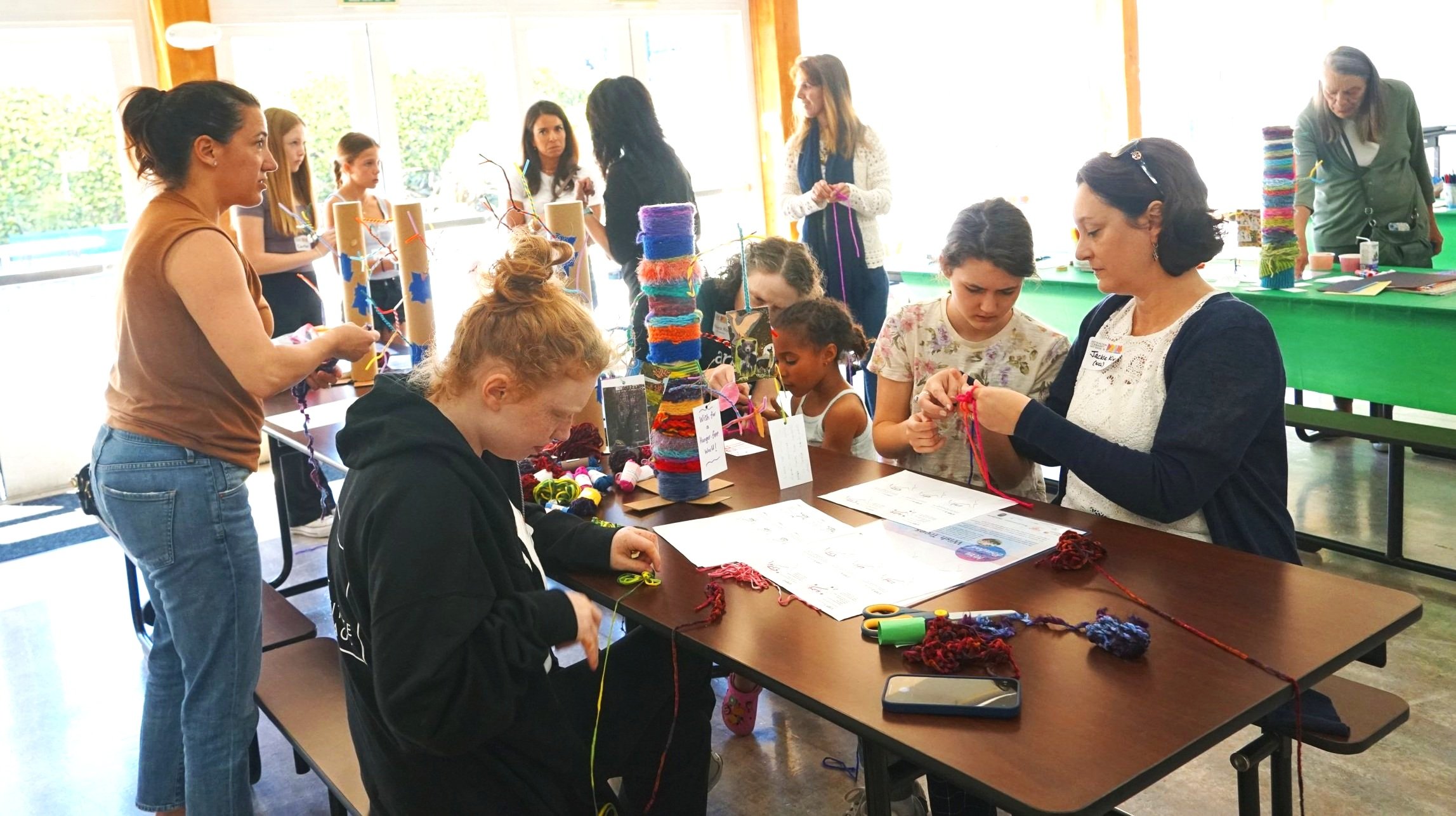The Curriculum

Ideal for K-8 elementary, middle school, home school, and after-school
9 comprehensive art program levels with over 12 age-appropriate, sequential lessons each
High-quality visual art curriculum aligned with National Core Arts Standards
Builds critical thinking, creativity, & hands-on art skills
Enhances visual literacy, self-esteem, and cultural appreciation
Art Supply Kits optional and available
Students learn to draw shapes, patterns, faces and landscapes by studying Persian miniatures, Japanese prints, and Byzantine mosaics. Other projects draw inspiration from artists such as Vincent van Gogh and Henri Rousseau.
Students analyze compositional clues from artists such as Chagall, Miró, and Seurat to interpret the message of the artist and to master techniques and concepts like contour, negative space, and pointillism.
Students examine art representing the artist’s viewpoint, from van Gogh’s troubled self-portrait to Kandinsky’s playful color study while building their artistic skills in portraiture, calligraphy and collage.
Students practice perspective, highlighting and shading, form, and 3-D perspectives through investigation of artworks by Maurice Utrillo, Paul Cezanne, Johannes Vermeer and others.
Drawing inspiration from artists such as Picasso, Rivera and O’Keefe, students study how abstraction can emphasize feelings and ideas. Projects range from sculpting clay figures and creating murals to crafting wire action sculptures.
From Limner Paintings to Pop Art, students explore how artists depict different periods in American history by creating their own prints, sculptures and paintings while studying artists like Copley, Homer, and Ringgold.
While learning about art and architecture from Mesopotamia, Egypt, Greece, Rome and China, students expand their skills with color, design and perspective.
Through the masterpieces of da Vinci, Michelangelo and Raphael, students learn the techniques of foreshortening, shading and composition arrangement. Projects explore decorative design and architectural concepts of balance, symmetry and unity.
By exploring the changing American ideal from the Civil War period to modern art, students learn from artists such as Dorothea Lange, Roy Lichtenstein, and Edward Hopper to express complex ideas in their artwork.
Ready to bring Art in Action into YOUR classroom?











